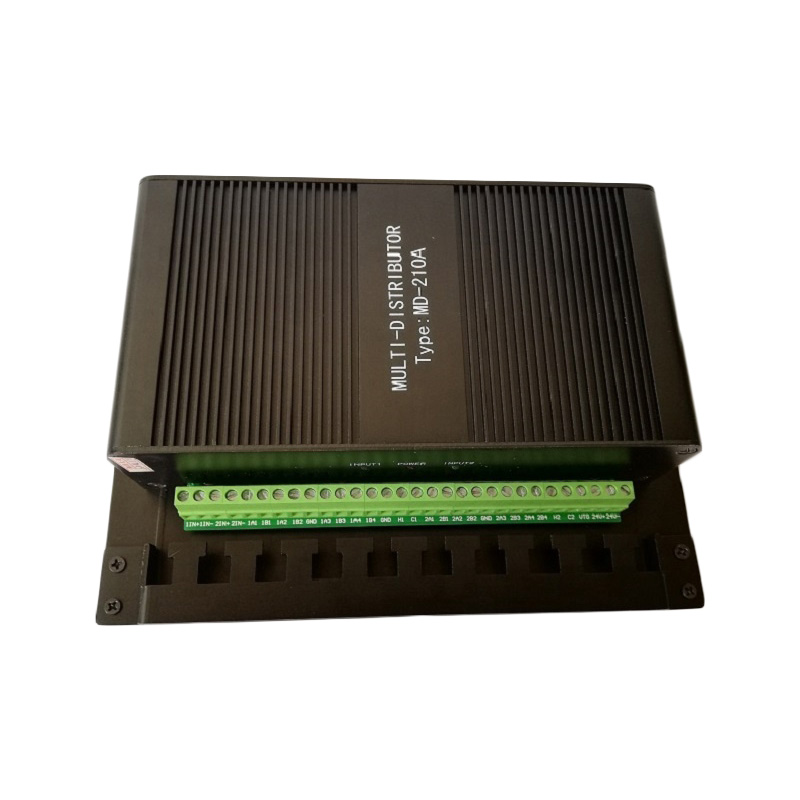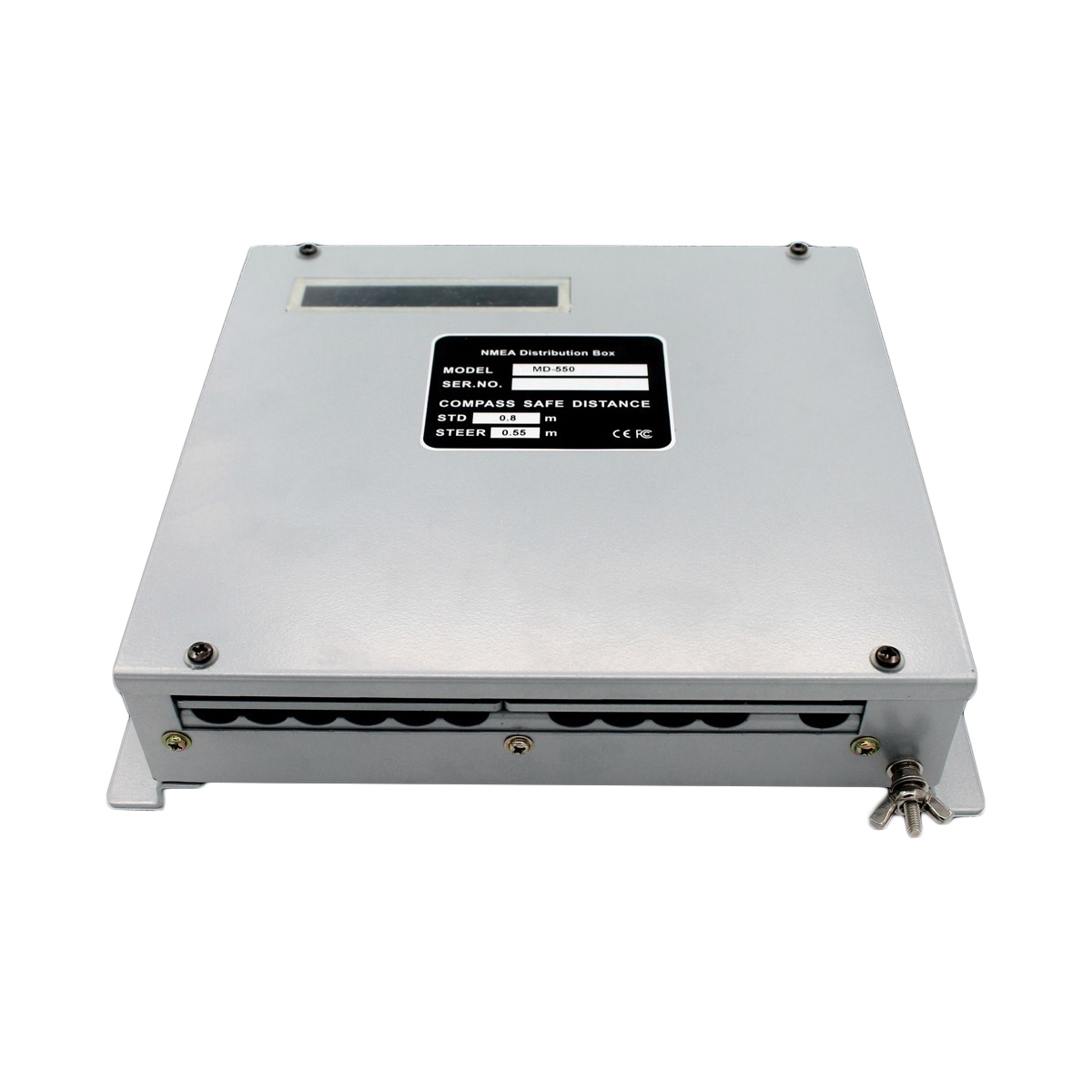NMEA Distributors: Ensuring Seamless Connectivity in Your Marine Electronics Network

Modern boating relies heavily on a network of interconnected electronic devices for navigation, communication, and safety. Devices like GPS receivers, chartplotters, autopilots, depth sounders, and AIS (Automatic Identification System) units constantly exchange data to provide accurate and up-to-date information. To ensure this data flows smoothly and reliably, a crucial component is the marine NMEA distributor.
Understanding NMEA: The Language of Marine Electronics
NMEA, which stands for the National Marine Electronics Association, defines the standard communication protocols used by marine electronics. The two primary NMEA standards are:
- NMEA 0183: An older, serial communication standard that transmits data in one direction at a time.
- NMEA 2000: A newer, faster, and more robust network standard based on CAN (Controller Area Network) that allows devices to send and receive data.
These standards define how devices communicate information such as:
- GPS position and time
- Heading and course
- Depth and speed
- Wind speed and direction
- AIS target information
What is a Marine NMEA Distributor?
A marine NMEA distributor is an electronic device that acts as a central hub for your marine electronics network. It takes data from one or more NMEA sources and distributes it to multiple NMEA receiving devices.
Key Functions and Benefits
- Simplified Connections: Instead of complex point-to-point wiring between devices, a NMEA distributor allows you to connect multiple devices to a single, central unit. This significantly simplifies installation and reduces clutter.
- Preventing Signal Degradation: NMEA signals can weaken over long cable runs or when connected to too many devices. A distributor buffers and amplifies the signals, ensuring that all connected devices receive clean and accurate data.
- Signal Buffering and Isolation: NMEA distributors often provide electrical isolation between devices, preventing ground loops and other electrical interference that can affect data accuracy.
Applications of Marine NMEA Distributors
Marine NMEA distributors are used in various applications, including:
- GPS Integration: Distributing GPS data to chartplotters, autopilots, VHF radios (for DSC), and other navigation systems.
- Depth Sounder Data Sharing: Sending depth information to displays, alarms, and other relevant devices.
- AIS Integration: Distributing AIS target data to chartplotters, radars, and other systems to enhance situational awareness.
HZH Marine NMEA Distributors
HZH Marine offers reliable and high-performance NMEA distribution solutions:
- MD-210 NMEA MULTI-Distributor: This distributor provides multiple NMEA 0183 inputs and outputs, allowing for flexible connection of various NMEA 0183 devices.

- NMEA Distributor MD-550 AUTO: This model offers advanced features for managing and distributing NMEA data, ensuring seamless integration of your marine electronics.

Choosing the Right NMEA Distributor
When selecting a marine NMEA distributor, consider factors such as:
- Number of ports: Ensure the distributor has enough input and output ports to accommodate your current and future devices.
- NMEA compatibility: Choose a distributor that supports the NMEA standards used by your devices (NMEA 0183, NMEA 2000, or both).
Conclusion: The Importance of NMEA Distributors
Marine NMEA distributors are essential components of modern marine electronic systems. They simplify connectivity, improve data reliability, and ensure that your navigation, communication, and safety equipment work together seamlessly.

